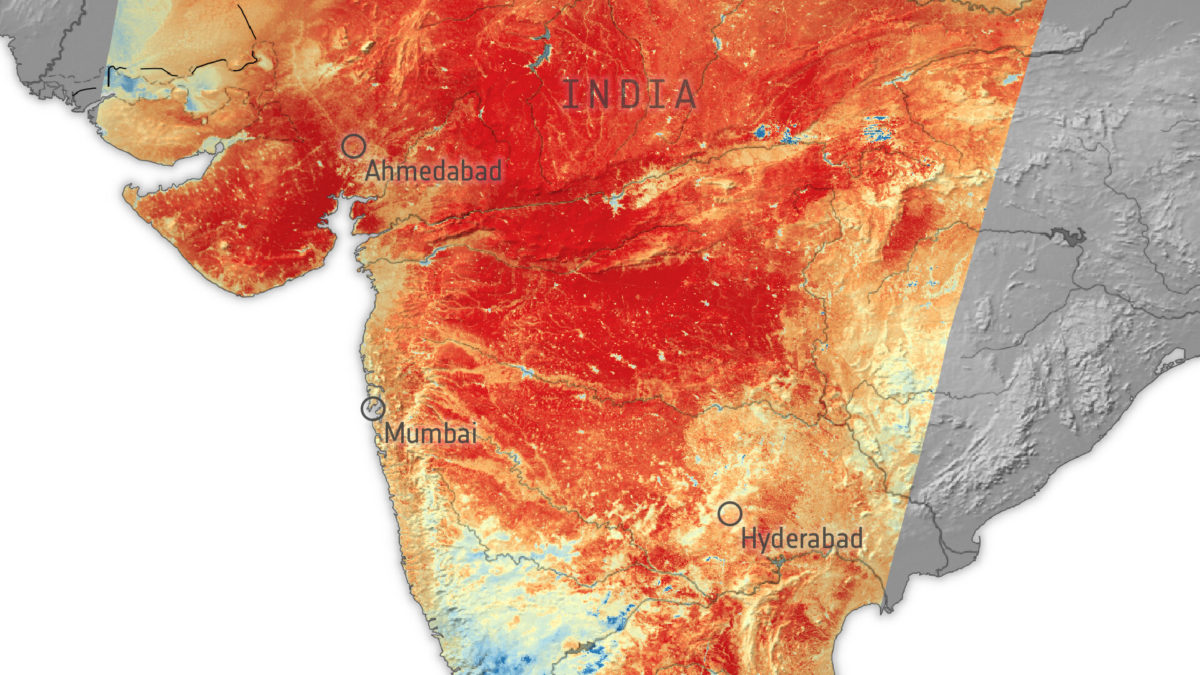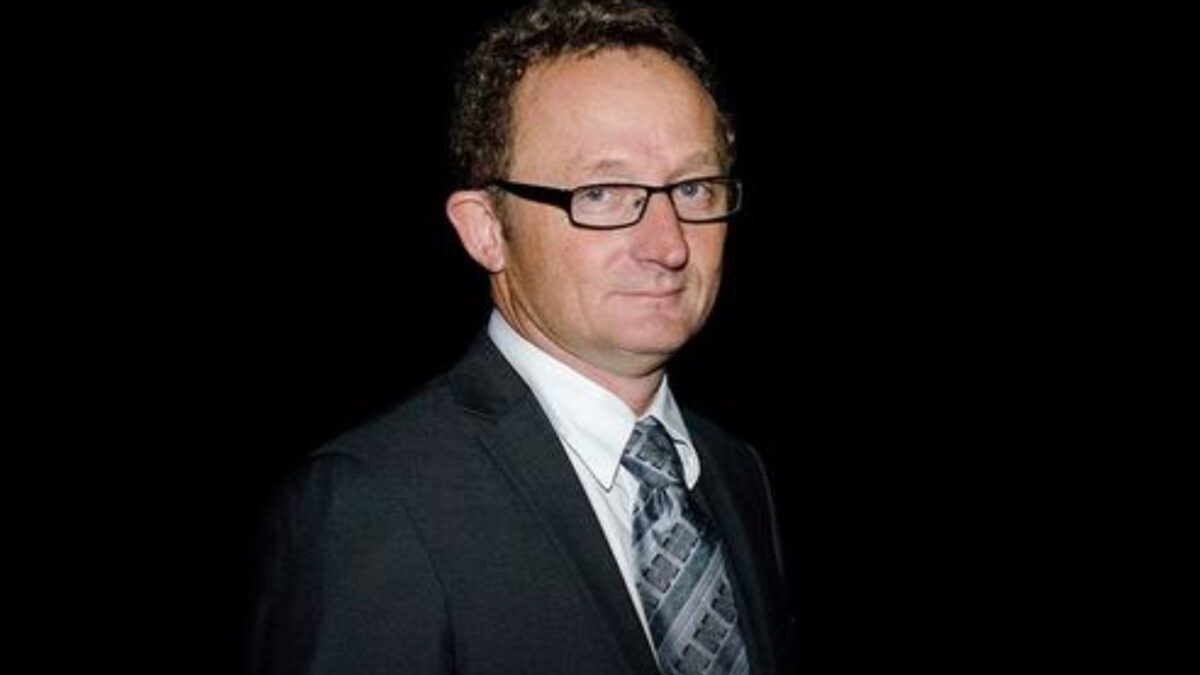Amazon deforestation and development heighten Amazon fire risk – “Most of the current fires are related to the deforestation process”
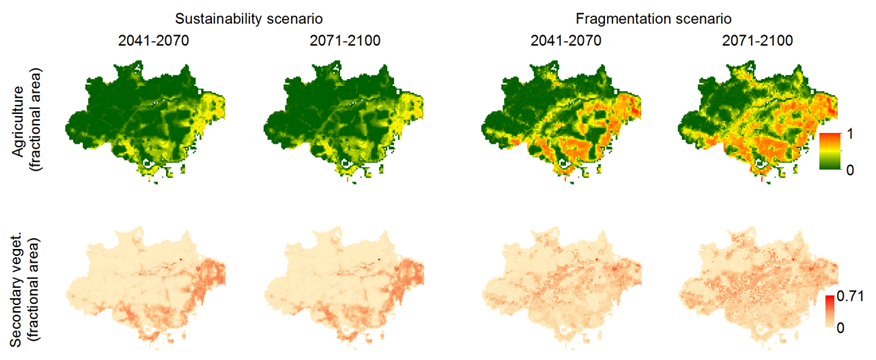
By Sarah Sax
6 September 2019
(Mongabay) – As of 24 August 2019, there were 41,858 fires reported this year in the Brazilian Amazon — the highest number since 2010, when 58,476 were recorded by that date. Likewise, the U.S. space agency NASA has shown this to be the most active fire year for the region since 2010.
However, there is a major difference between 2010 and 2019. Brazil was gripped by one of the worst droughts it had seen in decades in 2010, whereas rainfall is only slightly lower than normal in 2019. So what caused this year’s non-drought related spike in destructive fires?
Scientists think they may have the answer, and point to a massive uptick in deforestation between 2010 and today as a root cause.
Over the last few months alone, deforestation has shot up alarmingly, with the rate in June 2019 running 88 percent higher than during the corresponding month in 2018, according to Brazil’s National Institute for Space Research (INPE). And with the rate soaring again in July 2019 to 278 percent , as compared with the same month a year ago, according to the Amazon Environmental Research Institute (IPAM), A Brazilian NGO.
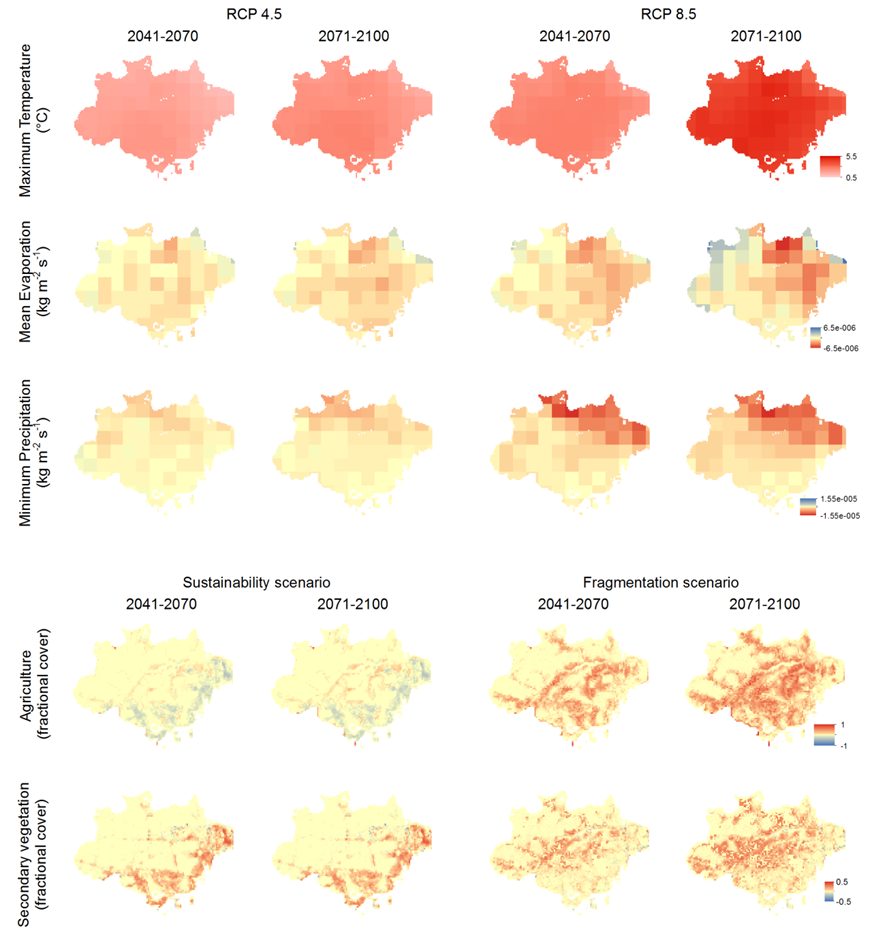
INPE reported an increase in burn scars in the Amazon, rising from 794 square kilometers last August to 1,259 square kilometers for the first 26 days of last month. For the year, INPE has recorded 46,825 hotspots in Amazonia, more than twice the number of a year ago.
A new study published this July in the journal Global Change Biology, and conducted by INPE and Brazil’s Centre for Disaster Research and Monitoring (CEMADEN), confirms that if this rising deforestation trend continues, then land-use — and especially deforestation — more than climate change and drought will likely be the major driver of increases in Amazon wildfires through 2100.
“Most of the current fires are related to the deforestation process,” Luiz Aragão, professor of geography and earth sciences at the University of Exeter and a study co-author told Mongabay. “If you look at the 10 municipalities with the highest deforestation rates, they are also the ones with the highest rate of fires,” he said, quoting a recent IPAM report showing that most of the 2019 increase in fires is concentrated in municipalities with higher deforestation rates. [more]
Amazon deforestation and development heighten Amazon fire risk: study
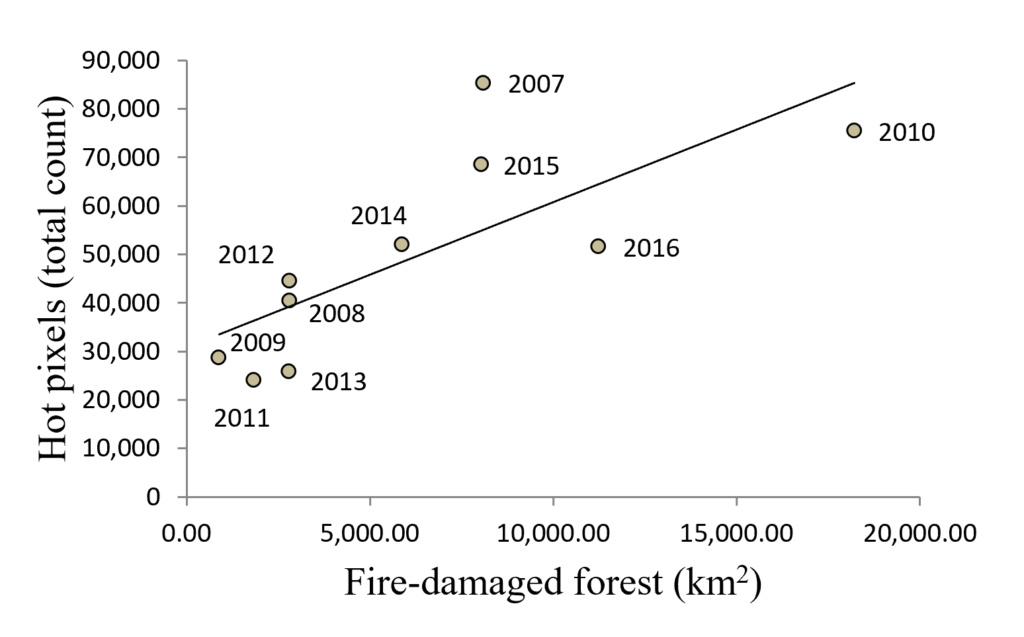
Effects of climate and land‐use change scenarios on fire probability during the 21st century in the Brazilian Amazon
ABSTRACT: The joint and relative effects of future land‐use and climate change on fire occurrence in the Amazon, as well its seasonal variation, are still poorly understood, despite its recognized importance. Using the maximum entropy method (MaxEnt), we combined regional land‐use projections and climatic data from the CMIP5 multimodel ensemble to investigate the monthly probability of fire occurrence in the mid (2041–2070) and late (2071–2100) 21st century in the Brazilian Amazon. We found striking spatial variation in the fire relative probability (FRP) change along the months, with October showing the highest overall change. Considering climate only, the area with FRP ≥ 0.3 (a threshold chosen based on the literature) in October increases 6.9% by 2071–2100 compared to the baseline period under the representative concentration pathway (RCP) 4.5 and 27.7% under the RCP 8.5. The best‐case land‐use scenario (“Sustainability”) alone causes a 10.6% increase in the area with FRP ≥ 0.3, while the worse‐case land‐use scenario (“Fragmentation”) causes a 73.2% increase. The optimistic climate‐land‐use projection (Sustainability and RCP 4.5) causes a 21.3% increase in the area with FRP ≥ 0.3 in October by 2071–2100 compared to the baseline period. In contrast, the most pessimistic climate‐land‐use projection (Fragmentation and RCP 8.5) causes a widespread increase in FRP (113.5% increase in the area with FRP ≥ 0.3), and prolongs the fire season, displacing its peak. Combining the Sustainability land‐use and RCP 8.5 scenarios causes a 39.1% increase in the area with FRP ≥ 0.3. We conclude that avoiding the regress on land‐use governance in the Brazilian Amazon (i.e., decrease in the extension and level of conservation of the protected areas, reduced environmental laws enforcement, extensive road paving, and increased deforestation) would substantially mitigate the effects of climate change on fire probability, even under the most pessimistic RCP 8.5 scenario.
